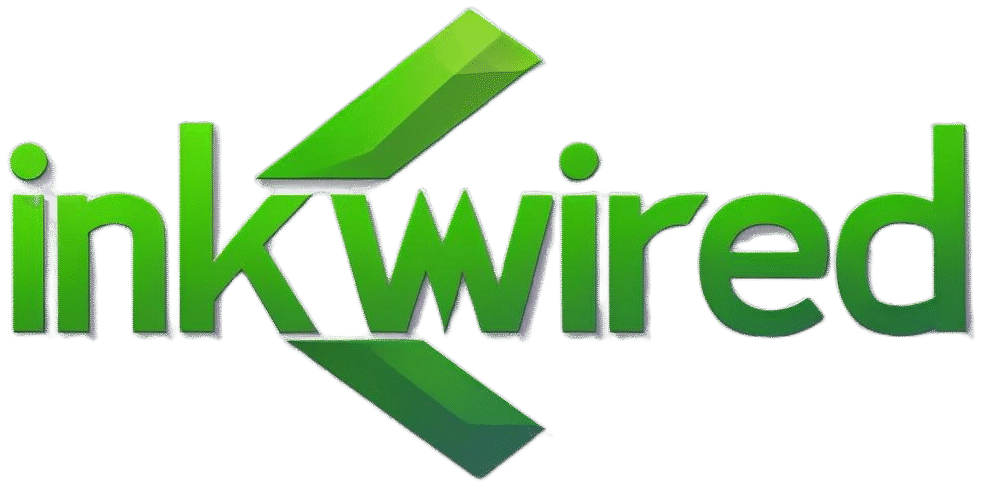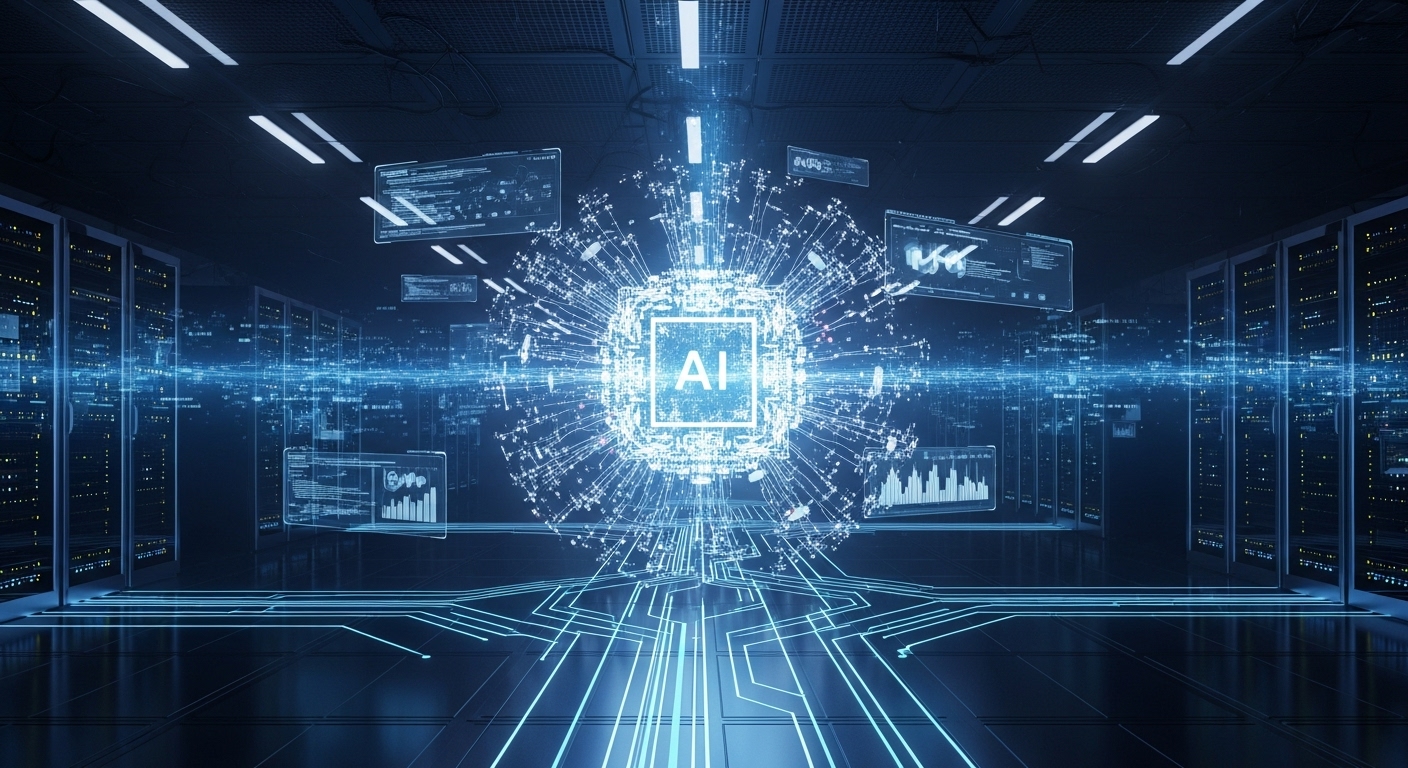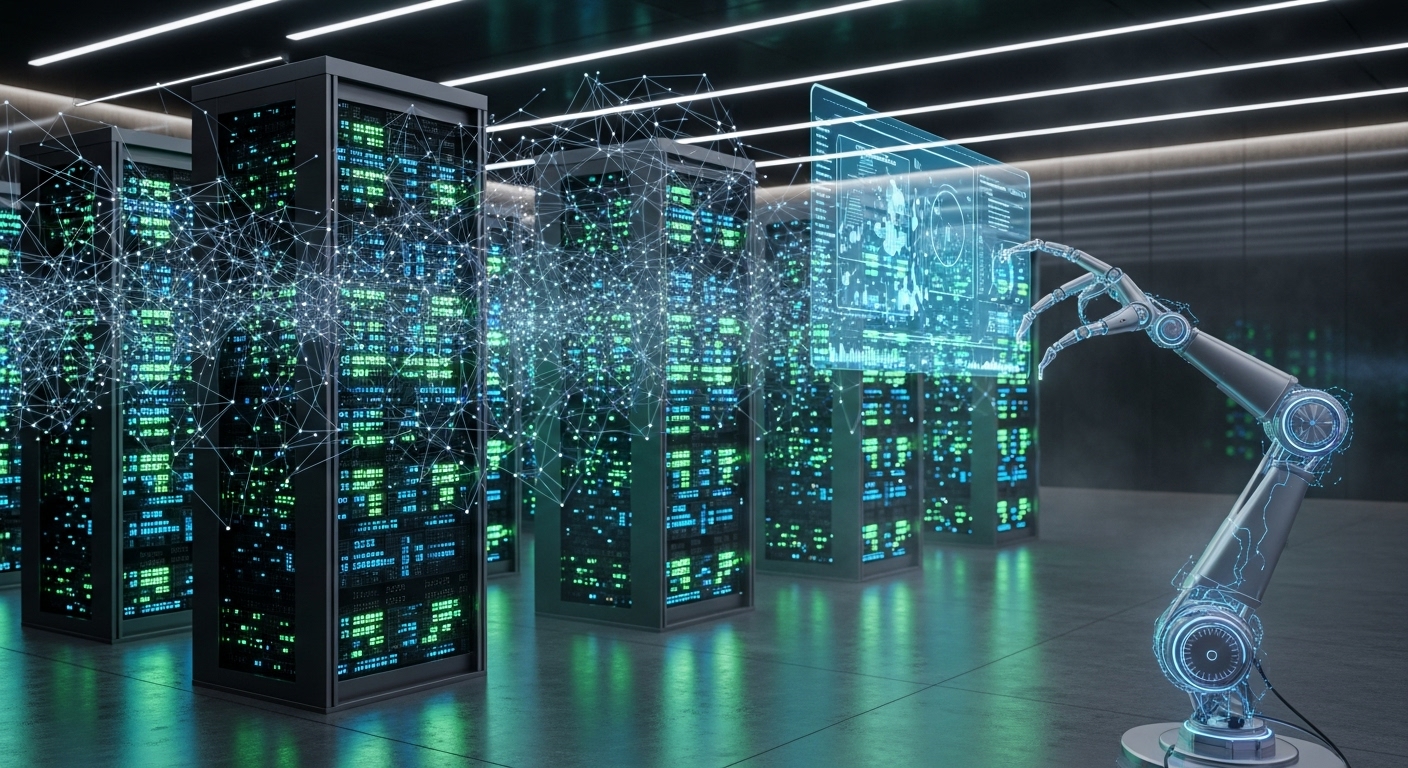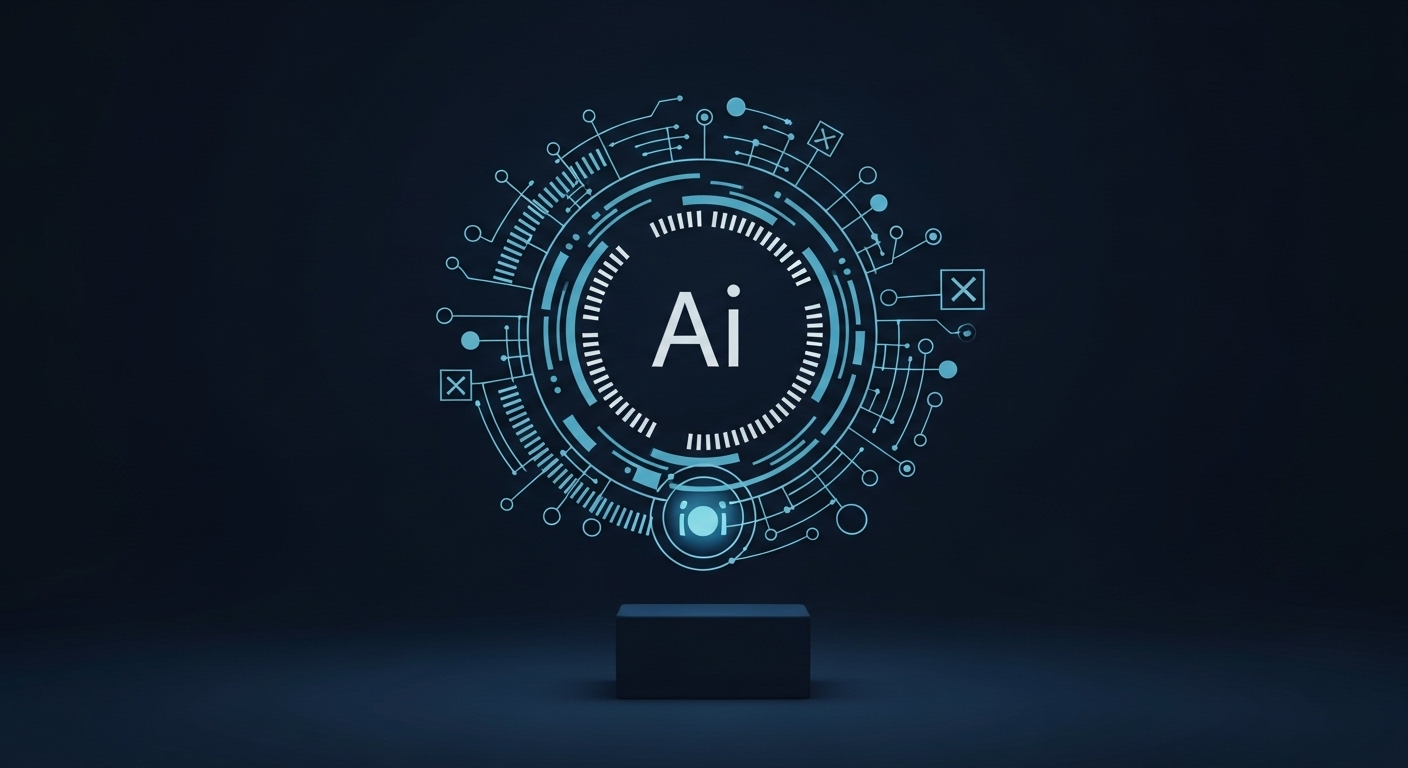Introduction: Technology as the Engine of Progress
Technology has become the central force driving human progress. Every facet of modern life, from the way we communicate and travel to how we work and entertain ourselves, is shaped by technology. Unlike previous eras, today’s technological growth is exponential, characterized by interconnected systems, rapid innovation, and transformative potential.
The impact of technology goes beyond convenience; it reshapes societies, economies, and cultures. It enables humans to achieve feats once thought impossible, drives global collaboration, and fosters unprecedented access to information and services. Understanding the scope of technology’s influence allows us to navigate its opportunities and challenges responsibly. This blog explores the evolution of technology, key innovations, societal impact, ethical considerations, and the future it promises.
The Evolution of Technology: From Tools to Intelligence
Human technological development began with basic tools, fire, and simple machines that enabled survival and efficiency. These early innovations set the foundation for future growth, demonstrating humanity’s ability to manipulate its environment.
The Industrial Revolution marked a leap in human capability. Mechanized production, steam engines, and factory systems transformed economies and urban life. People were able to produce goods on a large scale, creating new industries and reshaping labor systems. This era showed that technology could fundamentally alter societal structures.
The 20th century brought electronic innovations, including transistors, microprocessors, and telecommunications systems. Computers enabled data processing on a scale never before possible, while the internet connected the globe, transforming communication, commerce, and education.
In the 21st century, the digital revolution has introduced artificial intelligence, cloud computing, IoT, blockchain, and immersive technologies. These advancements not only improve efficiency but also redefine human interaction, work, and creativity.
Artificial Intelligence: Machines That Learn and Adapt
Artificial intelligence has emerged as one of the most powerful technological forces of our time. AI systems can simulate human reasoning, analyze vast amounts of data, and make informed decisions with minimal human input.
In healthcare, AI enhances diagnostics, predicts disease patterns, and personalizes treatment plans. In finance, AI algorithms detect fraud, optimize investments, and improve customer service. Manufacturing industries use AI for predictive maintenance, process automation, and supply chain optimization.
Machine learning, a key subset of AI, allows systems to improve over time. Deep learning models power applications like speech and image recognition, autonomous vehicles, and even creative tasks such as writing and art generation. While AI holds enormous potential, it also raises questions about ethics, bias, and workforce displacement.
Internet of Things: A World of Connected Devices
The Internet of Things, or IoT, refers to a network of devices embedded with sensors and software that communicate with each other. IoT transforms how people interact with their environment and enables data-driven decision-making in real time.
In homes, IoT devices include smart appliances, security systems, wearable health trackers, and energy management tools. In industrial settings, IoT supports predictive maintenance, real-time monitoring, and process optimization, increasing efficiency and reducing downtime.
Smart cities utilize IoT to monitor traffic, optimize energy use, and enhance public safety. Data from IoT networks helps governments and organizations make better decisions. However, the proliferation of connected devices raises concerns about privacy, cybersecurity, and data governance.
Cloud Computing: Powering Collaboration and Innovation
Cloud computing has transformed how data is stored, accessed, and processed. It allows scalable, on-demand computing resources, reducing dependency on physical infrastructure and enabling global collaboration.
Businesses leverage cloud platforms to manage applications, analyze large datasets, and collaborate remotely. Educational institutions use cloud services for virtual classrooms, research, and administration. Individuals rely on cloud-based solutions for storage, productivity, and entertainment.
Cloud computing also supports AI, big data analytics, and machine learning, providing a foundation for advanced technological applications. Security, compliance, and data privacy remain critical areas of focus for cloud adoption.
Blockchain Technology: Trust and Transparency in the Digital Age
Blockchain is a decentralized digital ledger that provides secure, transparent, and immutable record-keeping. Its applications extend beyond cryptocurrencies to industries like finance, healthcare, supply chain management, and governance.
Blockchain enables secure peer-to-peer transactions, reducing reliance on intermediaries. In supply chains, blockchain ensures product authenticity and traceability. Healthcare organizations use blockchain for secure sharing of patient records and tracking medical supplies. Smart contracts automate processes, reduce human error, and enhance efficiency.
Despite its advantages, blockchain faces challenges such as energy consumption, scalability, and regulatory frameworks. These issues must be addressed to realize its full potential across industries.
Virtual and Augmented Reality: Immersive Digital Worlds
Virtual reality (VR) and augmented reality (AR) technologies create immersive experiences that redefine human interaction with digital and physical environments. VR simulates complete environments, while AR overlays digital information onto the real world.
In education, VR allows students to explore historical sites, conduct experiments, and practice skills in safe simulations. Healthcare professionals use VR for surgical training, therapy, and rehabilitation. AR enhances navigation, industrial workflows, and retail experiences by providing contextual information.
The entertainment industry utilizes VR and AR to create interactive games, immersive media, and experiential storytelling. As technology improves and becomes more accessible, these experiences will become increasingly integrated into daily life.
5G Technology: The Backbone of Connectivity
5G networks are revolutionizing connectivity with faster speeds, lower latency, and support for massive numbers of connected devices. This technology enables innovations such as autonomous vehicles, IoT ecosystems, and immersive digital experiences.
Consumers benefit from enhanced streaming, gaming, and communication. Businesses utilize 5G for real-time analytics, industrial automation, and efficient collaboration. Smart cities and healthcare applications rely on 5G’s low latency to function effectively.
The global adoption of 5G is accelerating digital transformation, enabling new business models and economic opportunities. It is a critical infrastructure for the next phase of technological advancement.
Healthcare Technology: Enhancing Diagnosis and Treatment
Technological advancements have transformed healthcare, making it more precise, accessible, and efficient. Wearable devices monitor vital signs and chronic conditions, enabling proactive health management. Telemedicine platforms allow remote consultations, expanding access to care.
AI and robotics assist in diagnostics, surgery, and treatment planning. Personalized medicine uses genetic data and predictive analytics to tailor therapies to individual patients. Technology enhances patient outcomes, reduces costs, and improves operational efficiency, illustrating its profound societal impact.
Educational Technology: Revolutionizing Learning
Technology has reshaped education, making learning more accessible, interactive, and personalized. Online courses, virtual classrooms, and digital collaboration tools allow global access to knowledge.
Adaptive learning platforms powered by AI tailor content to individual learning styles, improving retention and engagement. VR and simulations provide experiential learning opportunities in science, medicine, engineering, and more. Digital tools also connect students and educators across the globe for collaborative projects and research.
Integrating technology in education equips learners with essential digital skills, critical thinking, and problem-solving abilities, preparing them for careers in a technology-driven world.
Ethical and Social Implications
While technology provides numerous benefits, it also raises ethical and societal concerns. Privacy issues arise from the collection and use of personal data. AI systems may perpetuate biases, affecting decision-making in employment, law enforcement, and healthcare.
Automation and robotics threaten traditional jobs, necessitating workforce retraining and social adaptation. Digital addiction, misinformation, cybersecurity threats, and unequal access to technology highlight the need for responsible innovation. Ethical frameworks, governance policies, and public awareness are essential to ensure technology benefits society equitably.
The Future of Technology: Possibilities and Potential
The future of technology promises innovation in virtually every sector. Quantum computing could solve problems beyond the capabilities of classical computers. Biotechnology and genetic engineering offer solutions in medicine, agriculture, and environmental conservation. Space exploration technologies expand human potential beyond Earth.
AI, IoT, blockchain, VR, AR, and 5G will converge to create interconnected ecosystems that redefine productivity, creativity, and human interaction. Addressing ethical, environmental, and social considerations will shape how these technologies are implemented.
The trajectory of technology will continue to transform industries, enhance human experiences, and address global challenges, demonstrating its limitless potential.
Conclusion: Embracing Technology Responsibly
Technology has become a central force in shaping human life. From AI and cloud computing to IoT, blockchain, VR, AR, and 5G, technological innovation has transformed industries, improved quality of life, and connected the world.
Its impact spans healthcare, education, communication, entertainment, and business, offering unparalleled opportunities for progress. While challenges remain—such as ethics, privacy, and workforce adaptation—the transformative power of technology is undeniable.
Responsible application of technology is essential to ensure it serves humanity, enhances potential, and addresses global challenges. Technology is more than a tool—it is a catalyst for innovation, cultural evolution, and human progress.
The digital renaissance is ongoing, and the future is defined by how society leverages technology to create a more connected, efficient, and equitable world.



